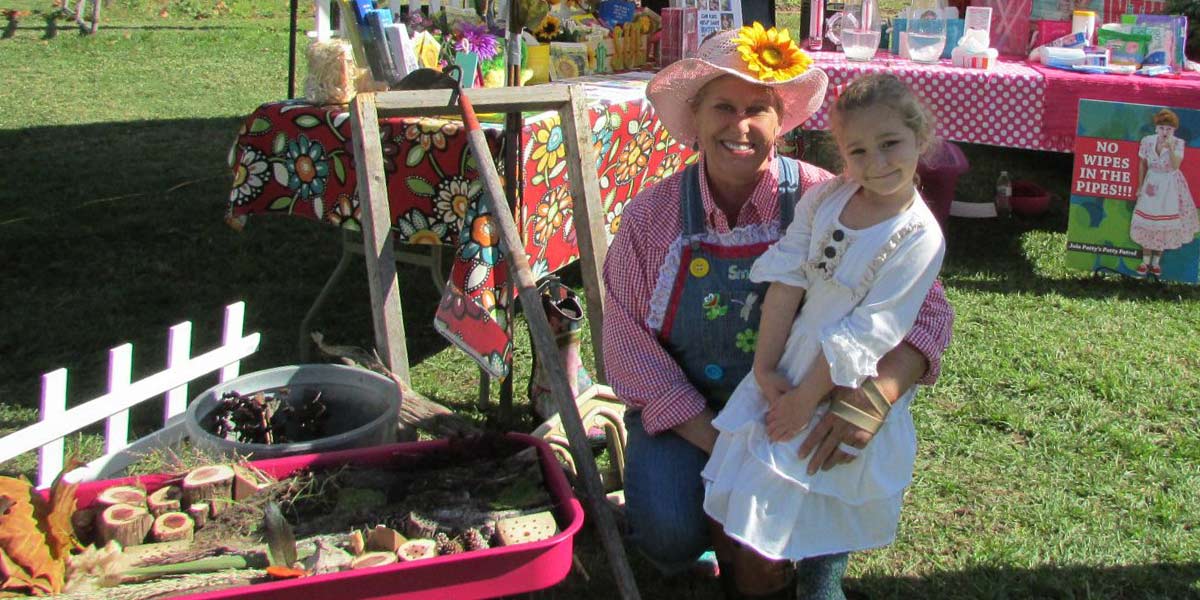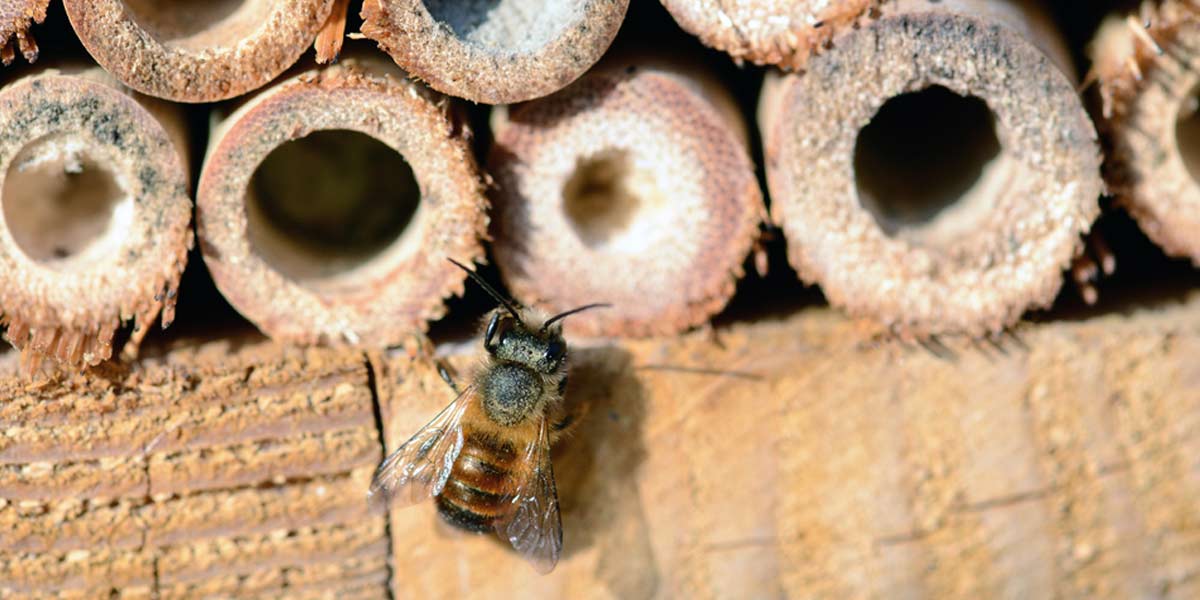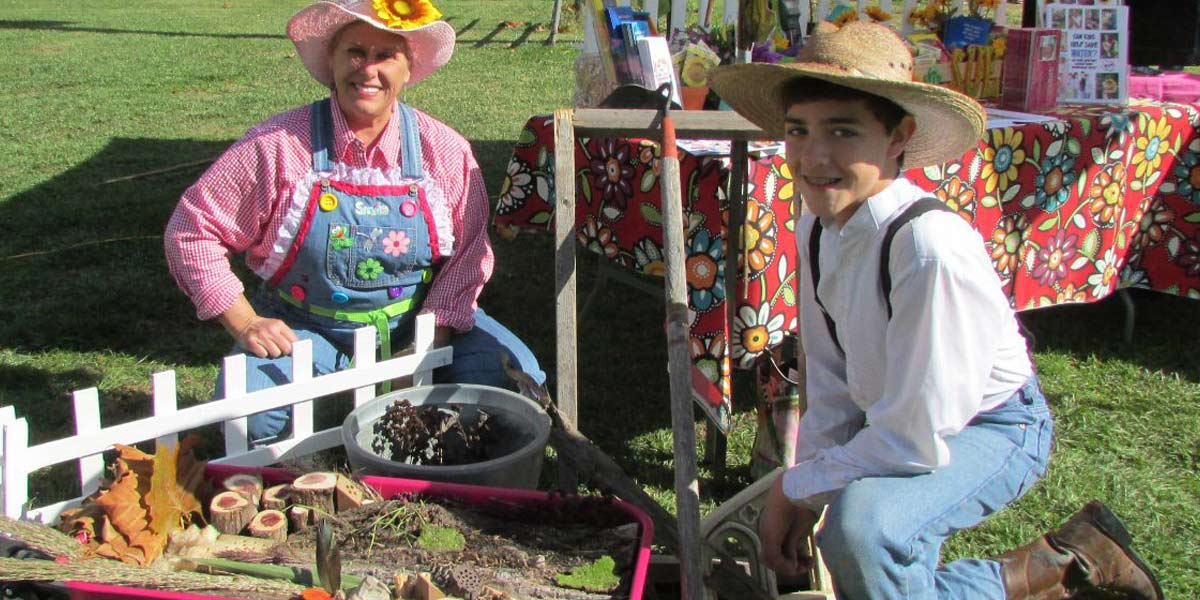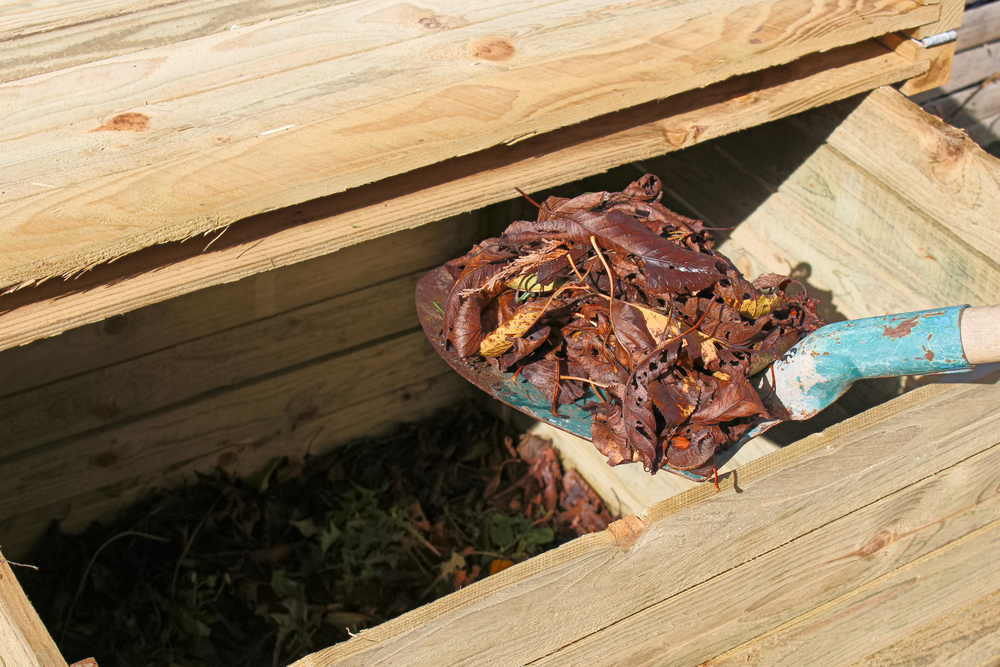

Building a bug condo!
Create a wonderful insect habitat.
Did you know that there are insects that can not only help keep unwanted pests from your plants and garden, but can help you avoid using pesticides, too? You can recruit these insects to “patrol” your plants and create a delightful habitat for your new workers…
Provide a home for beneficial insects that can pollinate your herbs, veggies, and flowers and create something useful and attractive at the same time! Insect homes/habitats/hotels are easy to make from all kinds of recycled materials and things you can find in the garage (scraps of wood) or garden (bark, seed pods, sticks, pine cones, and moss). Your “bug barn” will provide shelter year ‘round and give you an excellent observation station to watch these “beneficial bugs” up close.
Different insects have unique types of home requirement, so be sure to incorporate a variety of natural materials. Common guests include wasps, dragonflies, lacewings, ladybugs, moths, spiders and a variety of bees… and maybe even some frogs. Your home building project can be as simple or as elaborate as you have time and materials to create. Be creative! Let your imagination loose! Find a good location so that your new “residents” will easily find their home, where you and your family can easily observe the critters that move in. If you attract a group of bees, however, be sure to move slowly around the habitat so you can avoid getting stung by guests defending their new home!
After you create your own insect home, you’ll probably have some materials left over. Make some for gifts for other gardeners…they will appreciate this great way to reduce, reuse, recycle! This is also a GREAT project for scouting groups or family gatherings!



Building a bug condo!
In Southeast Texas, when those first crisp Autumn breezes send yellow elm and crunchy brown oak leaves swirling on driveways, and squirrels chase each other through the trees, many breathe a sigh of relief that the dog days of summer might actually be behind them. The days are shorter, the shadows longer. It is the favorite time of year for many Houstonians, who are eager to participate in outdoor activities.
With the grass growing season coming to an end, there’s still lots to do in the yard and garden to get it ready for Spring. One of the most productive of these activities is to start a composting program…take advantage of all those leaves and pine straw and “cook up” a batch of mulch that will give your flower beds and landscape areas a real boost. It isn’t difficult and the payoff can be spectacular.

Not only is it great for your lawn and garden, composting helps with one of the nation’s most critical environmental problems. The U.S. Environmental Protection Agency estimates that grass clippings, leaves, and tree or shrub prunings account for almost 20 percent of “household trash” and perhaps as much as 50 percent in Summer and Fall months. Landfill sites are rapidly filling up, and an increasing number of people across the country have made the commitment to recycle just about everything… aluminum, paper, plastic, household scraps, and yard debris.
In addition to helping with the landfill crisis, composting offers another, very practical benefit. When rich compost mulch is used in flower beds and landscape areas, it holds in the moisture and cuts down on the amount of water needed to keep the plants healthy. Compost also breaks up clay soils, serving as a safeguard against erosion. And it adds structure and moisture to sandy soils, which can allow landscaping of otherwise undesirable planting areas.
Compost improves soil aeration, which enables vital oxygen to boost soil productivity. Finally, virtually all plants grown in compost-enriched soils are healthier and are better prepared to fight off assaults from insects and diseases. So, with all these benefits and with the cost of water going up, composting can save both water and money!
How does composting work?
Very simply, composting is nature’s way of transforming organic waste into usable fertilizer through the interaction of microorganisms, water and air. The human element is responsible for organizing all the ingredients for the “recipe” and Mother Nature does all the rest.
Making compost imitates nature’s cycle of life and death and accelerates the process of decomposition — the breakdown of raw organic materials. This has been taking place in nature since life first appeared on the planet. Man has been attempting to control and utilize the process for hundreds of years, with varying degrees of success. However, with today’s technology and modern tools, composting can be accomplished on a small scale in your own backyard, or commercially for an entire county or municipality.
It’s a science…
Composting is a science…involving a complex “food chain” of bacteria, fungi, worms, beetles, mites and lots of other beneficial organisms that “eat up” organic materials and produce humus. Bacteria carry the heavy load in composting, especially in “hot” compost when they populate quickly. All these “bugs” need is a mass of organic materials that contain a balanced diet of nutrients –carbon and nitrogen — along with adequate moisture and oxygen.
Mix plenty of “green” mate-rials (food scraps, grass clippings, and manure) with high carbon “brown” materials (dry pine straw, hay, dead leaves, wood chips or shavings, broken up twigs) and you’re on the way. The balance is important, though…too much “green” may harbor pests and lose nitrogen in ammonia, which can create odor problems. Too much “brown” breaks down too slowly because it won’t support a large enough population of organisms to do the job correctly.
Living things are basically made up of nitrogen (proteins) and carbon (sugars, starches and fiber). While alive, they are “green” and have a high nitrogen content. Once they start to die, the decomposing process begins, when the airborne bacteria consumes the protein-rich tissues first, and then be-comes part of the “brown” material — bug droppings, dead bacteria, and other by-products. New generations of bacteria consume the high-carbon plant fibers and the recycling is complete.
Balance is the key
Early in the composting process, it is often difficult to maintain the right amount of moisture in all the materials you’ve accumulated into a well-mixed pile. Too much moisture leaves no air spaces, and too much ventilation dries it out. Later, when everything starts to break down into a more compact mass, the biggest challenge might become keeping it adequately aerated with fresh air.
“Hot” composting can deplete the oxygen in a pile very quickly, even early in the process. Remember, the “balance” is the key to success here. Experts warn that a pile of dry organic materials can “shed water like a duck” so constant monitoring is critical. If it does get too dry, you can turn it, pull it apart and re-stack it, or you can mix in fine-particle absorbent materials, like manure. If it keeps getting too dry, try covering it with a tarp or a plastic sheet.
If the pile is too wet, you can turn it, mix it and add dry coarse materials like dead leaves or straw into it to absorb the moisture. Most “brown” materials are coarse, stiff and angular, so they tend to create air spaces in the pile that help it to stay aerated. “Green” materials, on the other hand, are most often pliable and moist, and they clump together into an “anaerobic” (lacking oxygen) mass.
The “best” level of moisture for a compost pile, the experts suggest, is as much moisture as the materials can contain without filling the air pockets — like a completely damp, well-squeezed sponge.
Composting “happens” when moist organic materials are exposed to air. When materials break into smaller particles, there is more exposed surface area for the hungry organisms to attack, so it makes sense to crumble, crush or otherwise pulverize large objects before adding them to the pile. This is a case where size does make a difference — aerobic composting works best and fastest when everything is reduced to small pieces and thoroughly mixed together…giving the decomposing organisms access to the critical carbon, nitrogen, and water. Chunks of wood and other pockets of “brown” material create “nitrogen-poor zones” with too much air space.
The best way to tell if your compost pile is “healthy” is to take its temperature. The most efficient composting occurs when the pile’s temperature rises to between 120 and 160 degrees Fahrenheit…and stays there. Composting can happen at lower temperatures, it just takes a lot longer.
Growing and housing the pile…
Let’s face it, most compost piles aren’t aesthetic master-pieces, so it makes sense to locate them away from highly visible areas in your yard. You’ll need a source of water nearby, and you’ll probably want to put it in a partially shaded area to keep it from drying out too fast and too often. Remember, as you’re adding material, the taller it becomes, the more difficult it will be to turn. You don’t have to have an expensive container to compost successfully; but you do need a dedicated area to house it. There is a variety of inexpensive options — including one using recycled wood pallets — to create a structure to hold the materials.
